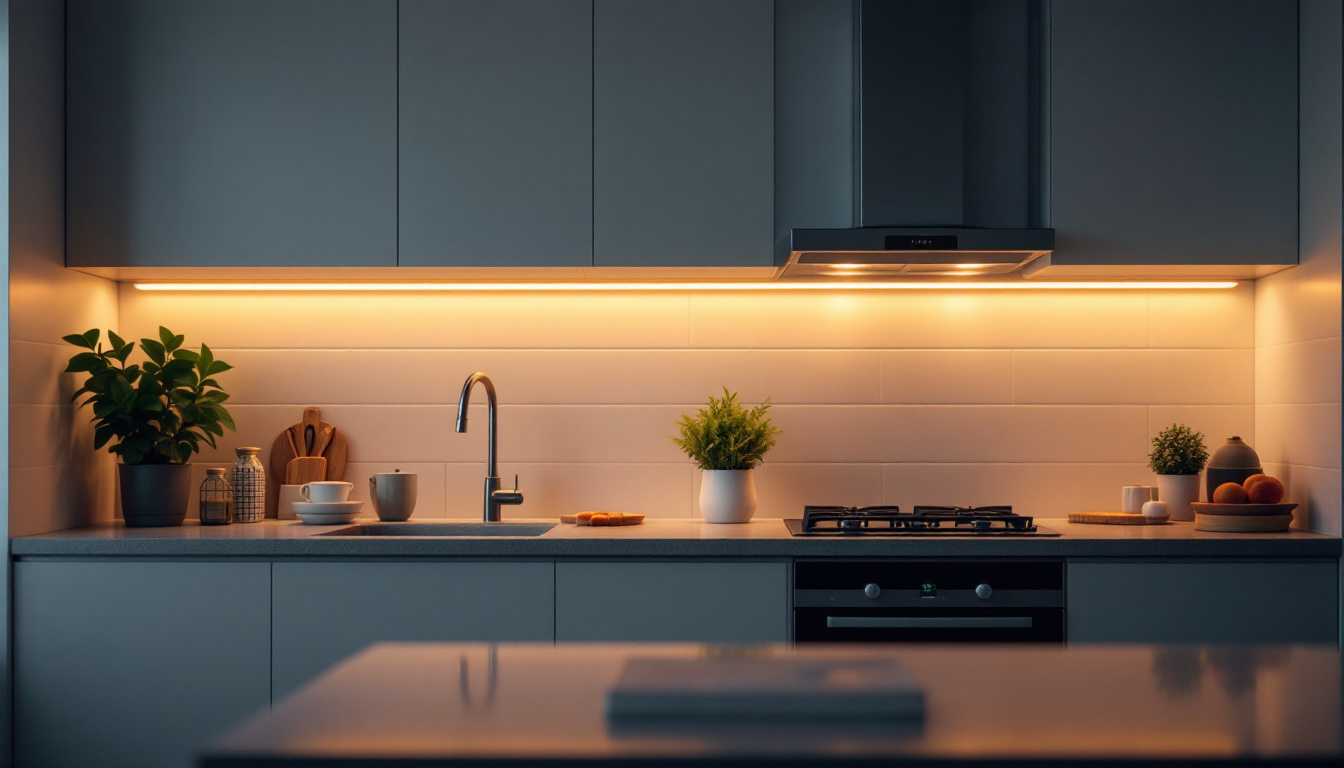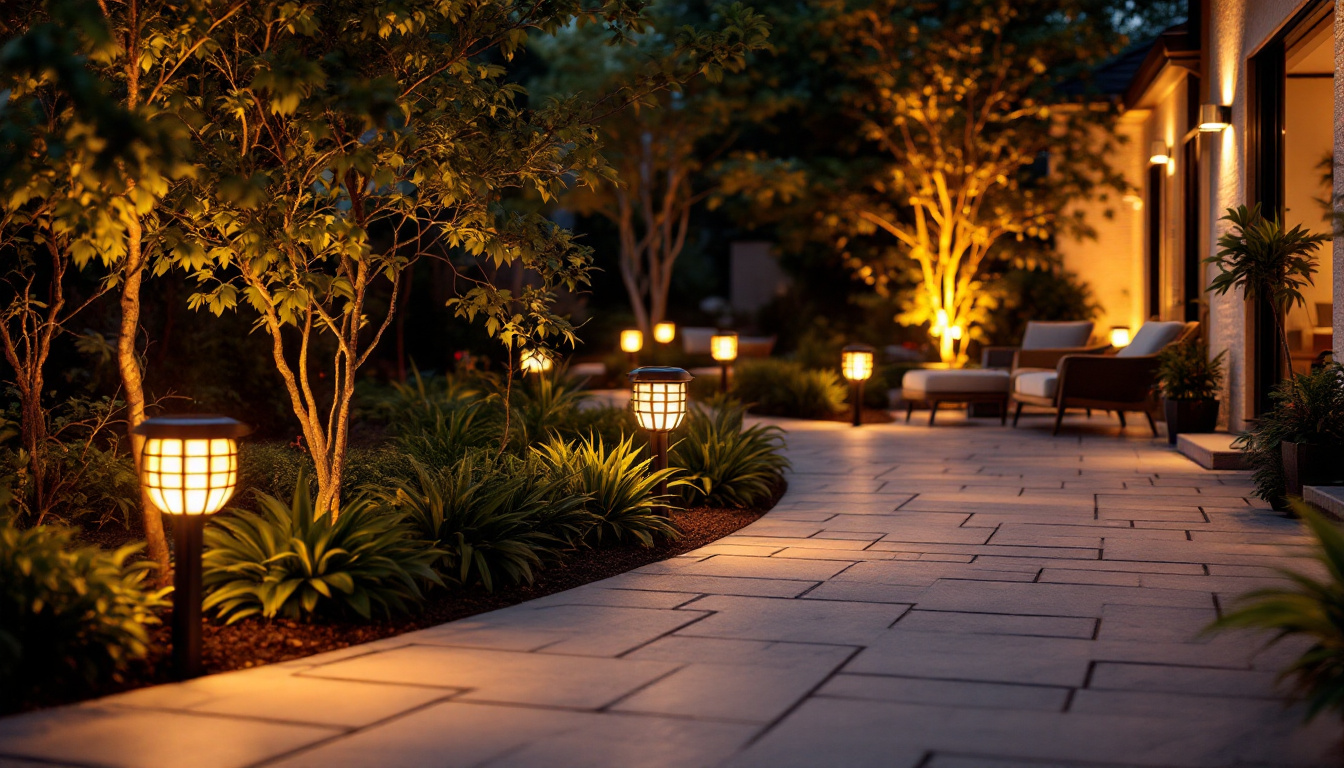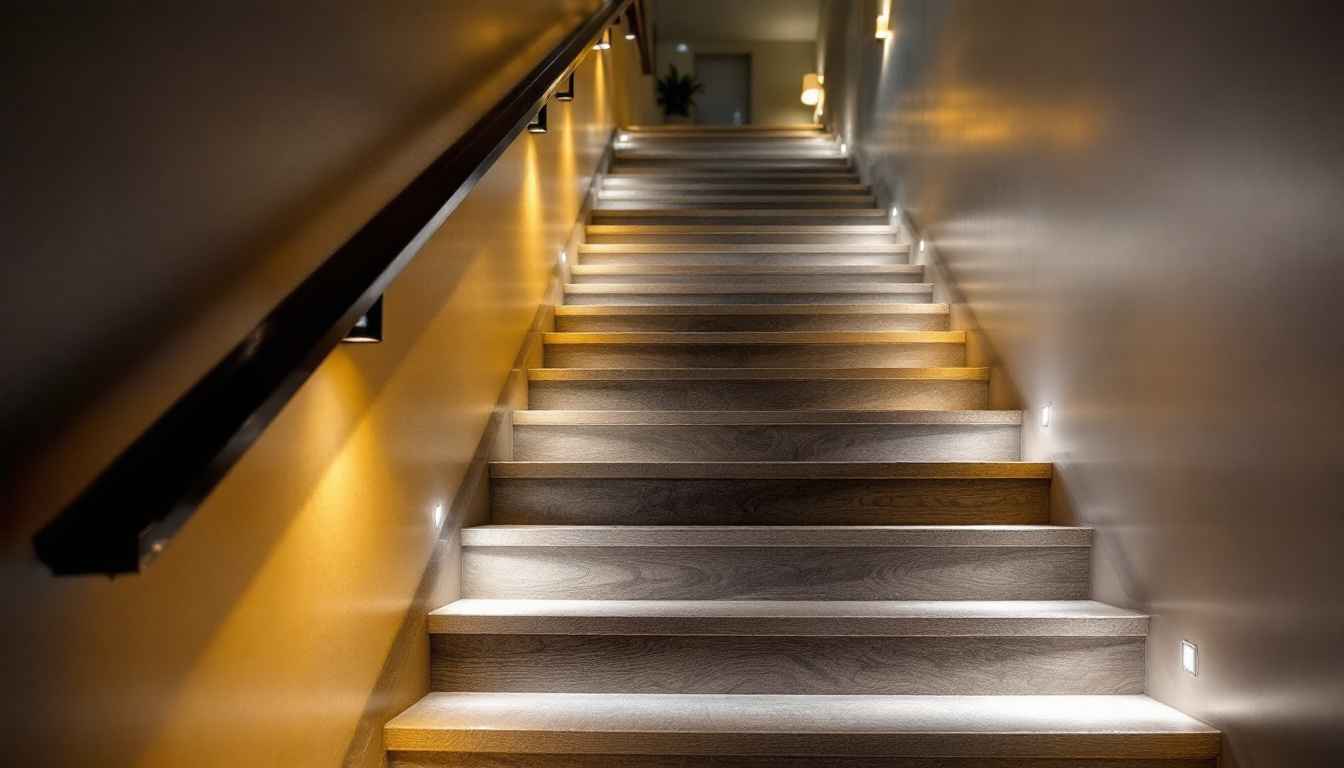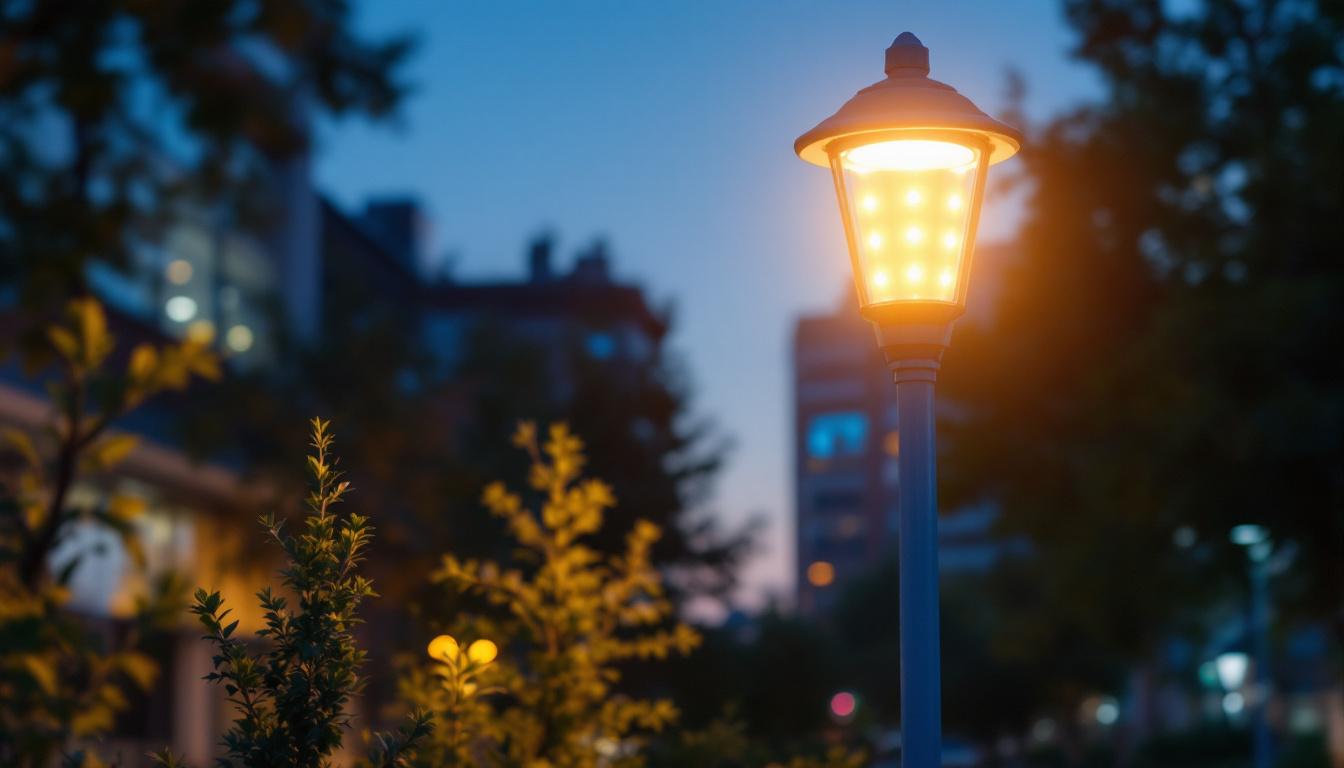
In the ever-evolving world of lighting design, LED cabinet lights have emerged as a popular choice for both residential and commercial applications. As a lighting contractor, understanding the nuances of LED technology, installation techniques, and design considerations is essential for delivering high-quality results. This article will provide valuable insights and practical advice to help lighting contractors navigate the intricacies of LED cabinet lighting.
LEDs, or Light Emitting Diodes, are semiconductor devices that emit light when an electric current passes through them. Unlike traditional incandescent or fluorescent bulbs, LEDs are more energy-efficient, have a longer lifespan, and produce less heat. These characteristics make them an ideal choice for cabinet lighting, where space is often limited and energy efficiency is a priority. The compact size of LEDs allows for versatile installation options, enabling designers to create innovative lighting solutions that enhance both functionality and aesthetics.
In addition to their practical benefits, LEDs also contribute to environmental sustainability. By consuming less energy, they help reduce greenhouse gas emissions associated with electricity production. Moreover, LEDs do not contain harmful substances like mercury, which is commonly found in fluorescent bulbs, making them a safer option for both users and the planet. This eco-friendly aspect is becoming increasingly important to consumers who are looking to make responsible choices in their home and office lighting.
One of the most significant advantages of LED cabinet lights is their energy efficiency. LEDs consume significantly less power compared to incandescent bulbs, which translates into lower electricity bills for homeowners and businesses alike. Furthermore, the lifespan of LED lights can reach up to 50,000 hours or more, reducing the frequency of replacements and maintenance costs. This longevity not only saves money but also minimizes waste, as fewer bulbs end up in landfills over time.
Additionally, the durability of LEDs is noteworthy. Unlike traditional bulbs that can easily break, LEDs are solid-state devices, making them resistant to shock and vibration. This robustness is particularly beneficial in environments where cabinet lighting may be exposed to movement or handling, ensuring that the lights remain functional for years without the need for frequent replacements.
Another critical aspect to consider is the color temperature of LED lights. Measured in Kelvin (K), color temperature affects the ambiance of a space. For cabinet lighting, a color temperature between 2700K and 3000K is often preferred, as it provides a warm, inviting glow that enhances the appearance of items within the cabinet. Additionally, the Color Rendering Index (CRI) is essential; a CRI of 90 or above is ideal for accurately displaying colors and textures. This high-quality light can significantly influence how items are perceived, making it particularly important for displaying artwork, collectibles, or food items in a kitchen setting.
Moreover, advancements in LED technology have led to the development of tunable white LEDs, which allow users to adjust the color temperature according to their preferences or the time of day. This flexibility can create a dynamic atmosphere, transitioning from a bright, energizing light during the day to a softer, more relaxing glow in the evening. Such versatility not only enhances the aesthetic appeal of cabinets but also contributes to the overall mood of the space, making it more inviting for both residents and guests.
When designing LED cabinet lighting, several factors must be taken into account to ensure both functionality and aesthetics. From the type of fixtures to the placement of lights, each decision can significantly impact the overall effectiveness of the lighting solution.
There are various types of LED fixtures available for cabinet lighting, including strip lights, puck lights, and recessed lights. LED strip lights are versatile and can be cut to fit specific lengths, making them ideal for custom cabinetry. Puck lights, on the other hand, provide focused illumination and can be installed in a variety of locations. Recessed lights offer a sleek, modern look and can be integrated seamlessly into cabinetry. Beyond these options, there are also LED tape lights that can be adhered to the interior surfaces of cabinets, creating a soft glow that enhances the visibility of stored items without overwhelming the space. Furthermore, some fixtures come with adjustable brightness and color temperature settings, allowing users to customize the ambiance according to their preferences and the time of day.
The placement of LED lights within a cabinet is crucial for achieving optimal illumination. Lights should be positioned to minimize shadows and ensure even lighting throughout the space. A common guideline is to space lights approximately 12 to 24 inches apart, depending on the size of the cabinet and the intensity of light required. Additionally, the height of the cabinet and the items stored within should influence the placement of fixtures. For instance, if the cabinet houses taller items like bottles or vases, it may be beneficial to install lights at varying heights to highlight these features. Moreover, considering the angle of light can also enhance the visual appeal; angled fixtures can cast light in a way that accentuates textures and colors of the cabinet contents, making them more visually engaging. This thoughtful approach to placement not only improves functionality but also elevates the overall design of the cabinetry.
Proper installation is vital to the performance and longevity of LED cabinet lights. Lighting contractors must be familiar with various installation techniques to ensure a seamless integration into cabinetry.
LED cabinet lights typically require a low-voltage power supply, which can be powered by a transformer. It is essential to choose a transformer that matches the total wattage of the LED fixtures being used. Additionally, proper wiring techniques should be employed to avoid voltage drops and ensure consistent performance. Contractors should also consider using dimmable drivers to provide flexibility in lighting levels.
Mounting options for LED cabinet lights vary based on the type of fixture and the design of the cabinetry. Adhesive backing is common for LED strip lights, allowing for easy installation without the need for additional hardware. Puck lights often come with mounting brackets or screws, while recessed lights require precise cutouts in the cabinetry. Ensuring secure mounting is crucial to prevent any accidents or damage to the fixtures.
While LED cabinet lighting offers numerous benefits, it also presents certain challenges that lighting contractors must address. Understanding these challenges and implementing effective solutions can enhance the overall success of a project.
Although LEDs generate less heat than traditional bulbs, they can still produce a significant amount of heat if not properly managed. Overheating can lead to reduced performance and a shorter lifespan. To mitigate this issue, contractors should ensure adequate ventilation within cabinets, especially when installing multiple fixtures. Additionally, selecting high-quality LED products designed for heat dissipation can further enhance performance.
In many cases, lighting contractors may need to integrate LED cabinet lights with existing lighting systems. Compatibility issues can arise, particularly when dealing with older systems. Utilizing compatible transformers and drivers is essential, and contractors should also be prepared to educate clients on the benefits of upgrading to a more modern lighting system for improved performance and efficiency.
Effective communication with clients is a cornerstone of successful lighting projects. Educating clients about the benefits of LED cabinet lights and the various options available can lead to more informed decisions and greater satisfaction with the final results.
During the initial consultation, it is crucial to discuss the client’s preferences regarding brightness, color temperature, and fixture types. Understanding their vision for the space can help contractors recommend the most suitable solutions. Providing samples or demonstrations of different lighting options can also assist clients in making informed choices.
Once the installation is complete, educating clients about the maintenance and care of their LED cabinet lights is essential. While LEDs require less maintenance than traditional lighting, periodic cleaning and occasional checks for loose connections can help ensure optimal performance. Providing clients with a simple maintenance guide can enhance their experience and satisfaction with the installation.
The lighting industry is continuously evolving, and staying abreast of the latest trends can give lighting contractors a competitive edge. Understanding current design trends can also enhance the appeal of projects and attract more clients.
smart lighting technology has gained significant traction in recent years, allowing homeowners to control their lighting through mobile apps or voice-activated devices. Integrating smart LED cabinet lights into projects can enhance convenience and provide clients with greater control over their lighting environment. Offering options such as adjustable color temperatures and dimming capabilities can further elevate the user experience.
As modern design trends lean towards minimalism, sleek and unobtrusive lighting solutions are becoming increasingly popular. LED strip lights and recessed fixtures align perfectly with this trend, offering a clean and contemporary look. Contractors should consider incorporating these design elements into their projects to appeal to clients seeking a modern aesthetic.
LED cabinet lights present a wealth of opportunities for lighting contractors to enhance their projects and meet the evolving needs of clients. By understanding the technology, design considerations, installation techniques, and current trends, contractors can deliver exceptional results that elevate the functionality and aesthetics of any space. As the demand for energy-efficient and stylish lighting solutions continues to grow, staying informed and adaptable will be key to success in the competitive lighting industry.
Ready to take your lighting projects to the next level? At LumenWholesale, we provide lighting contractors with the finest spec-grade LED cabinet lights and more, all at unbeatable wholesale prices. Say goodbye to local distributor markups and hello to a vast selection of top-quality lighting that meets the highest industry standards. With free shipping on bulk orders, you can trust that you’re getting premium lighting solutions at the best value, without any hidden fees. Elevate your lighting installations with the perfect blend of quality, affordability, and convenience. Discover our extensive range and make your next project shine with Wholesale Lighting at the Best Value.

Discover expert tips for lighting contractors on overcoming challenges with fluorescent T12 bulbs.

Discover the top strategies lighting contractors use to enhance outdoor spaces with solar patio lights.

Discover the essential insights into stairway lighting with our comprehensive guide tailored for lighting contractors.

Discover the essential facts about LED lamp posts that every lighting contractor should know.